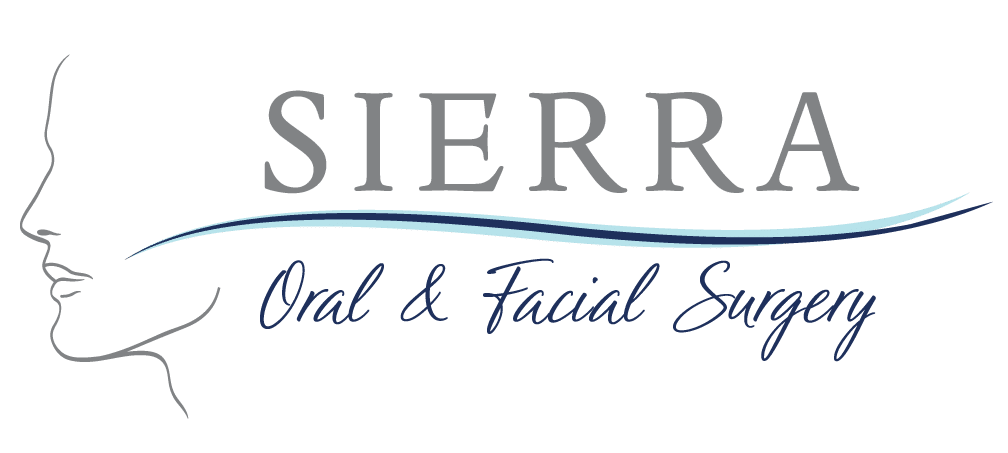An oral and maxillofacial surgeon must be highly trained and certified in emergency care, long term reconstruction and rehabilitation – for both emotional and physical reasons. Oral and maxillofacial surgeons understand that when trauma has been caused to the face, it comes with a great deal of emotions and feelings, as well as physical trauma. Thankfully, all of our amazing doctor’s and staff meet and exceed all of the required guidelines set for them.
The Nature of Maxillofacial Trauma
As you can guess, there are many different causes for facial trauma to occur such as sport-related injuries, car accidents, interpersonal altercations, workplace injuries, and many more. When this trauma occurs, it can cause injuries that are seen as minor and also injuries that can be downright catastrophic to the face and confidence of the patient. Typically, the less severe injuries that occur are classified as ‘soft tissue injuries, the more severe are classified as ‘bone injuries’, or injuries to specialized regions such as the facial nerve, salivary glands, and eye-sockets.
Soft Tissue Injuries of the Maxillofacial Region
Soft tissue injuries such as lacerations can occur on the face and are often repaired by suturing. When repairing these soft tissue injuries, extreme care and inspection are done by the staff. It is important to be sure that when repairing the face, those cosmetics be taken into consideration but more importantly it’s the surrounding area that usually needs thorough inspection such as the facial nerves, salivary ducts, and glands.
Bone Injuries of the Maxillofacial Region
Fractures of the bones that occur in the face are dealt with very similarly bone fractures that occur in other parts of the body. How we treat & deal with each fracture truly depends on the specificity, severity, location of the fracture, and overall health of the patient. Often times when a fracture occurs to an arm or leg, a cast is implemented in order to stabilize the bone for proper healing. Obviously, a cast cannot be placed on a patient’s face, so it is oftentimes much more difficult to stabilize bone in the face to allow for total healing to occur.
One of the more popular and widely used methods of healing fractures in the face calls for a wiring together of the jaws. Other types of fractures that occur to the jaw can be stabilized by the use of small plates, surgically placed in, and held in by screws at the involved site of trauma. These highly skilled technicians can often allow for better healing and obviates the need of wiring the jaws together.
Injuries to the Teeth & Surrounding Structures
Injuries to our teeth happen quite often and may call for the expert opinion of varying dental specialists. An oral surgeon is most often called upon when treating the supporting bone or when a tooth that has been knocked out or displaced, needs to be replanted into the bone. If a tooth is knocked out, the best protocol for preserving the tooth is to place it in a glass of milk or saltwater. It is important to remember that the sooner a tooth is “replanted” into the bone, the better chance it has at surviving and thriving. Do not attempt to clean the tooth, as important ligaments that hold the tooth in the jaw are still present and will be needed when the surgeon places the tooth back into the bone. If a tooth cannot be saved or repaired, we may recommend utilizing a dental implant in place of the original tooth.

